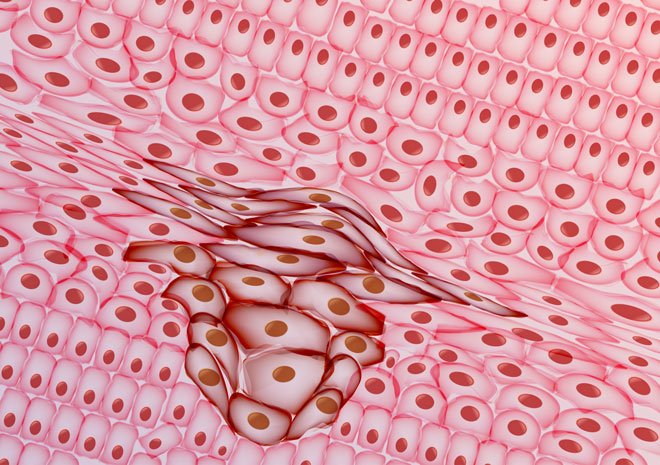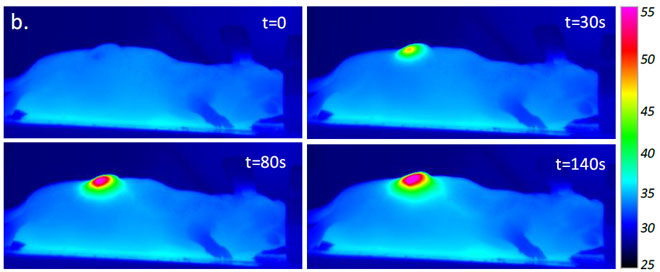Nanohyperthermia softens tumours to improve treatment
Posted: 3 January 2017 | Niamh Marriott (Drug Target Review) | No comments yet
The mechanical resistance of tumours and collateral damage of standard treatments often hinder efforts to defeat cancers.


However, a team of researchers from the CNRS, the French National Institute of Health and Medical Research (INSERM), Paris Descartes University, and Paris Diderot University has successfully softened malignant tumours by heating them. This method, called nanohyperthermia, makes the tumours more vulnerable to therapeutic agents. First, carbon nanotubes (CNTs) are directly injected into the tumours. Then, laser irradiation activates the nanotubes, while the surrounding healthy tissue remains intact.
Halting tumour development
Researchers are increasingly turning their attention to the mechanical factors affecting tumour development. Tumours stiffen due to the abnormal organisation of the collagen fibres and extracellular matrix (ECM) that hold cells from the same tissue together. In addition to being a marker of malignancy, such stiffening may help cancer cells proliferate and metastasize.


Infrared images showing laser irradiation of nanotube-injected tumour in an anaesthetised mouse. The bar on the right indicates surface temperatures (°C). Credit: Iris Marangon
Furthermore, the ECM forms a physical barrier that limits tumour penetration by therapeutic agents. Various treatments attempt to disrupt the structure of tumours but are double-edged swords: as ECM is common to tumours and healthy organs, degrading it does as much harm as good.
Localised heating
Yet the team found a way around this problem for mouse tumours. After being directly injected into the tumours, CNTs were activated with near-infrared light. The laser only acts on areas of CNT concentration, heating them up. The researchers monitored tumour stiffness noninvasively using ultrasound shear wave elastography. This technique uses the shear or secondary wave produced by ultrasound to map tissue elasticity. In two consecutive sessions at a day’s interval, the tumours were exposed to nanohyperthermia, or localised heating to 52 °C for a duration of 3 minutes. Tumours initially became more rigid before gradually softening over the 10 days or so that followed the procedure.
Nanohyperthermia denatures collagen fibres locally and reduces the rigidity and volume of tumours over the long term. It disrupts the tumour microenvironment and may prove effective as an adjuvant treatment with chemotherapy.
Related topics
nanohyperthermia, Nanomedicine, Nanoparticles, Therapeutics
Related conditions
Cancer
Related organisations
French National Institute of Health and Medical Research (INSERM), Paris Descartes University, Paris Diderot University
Related people
Niamh Marriott (Digital Editor: Drug Target Review)



